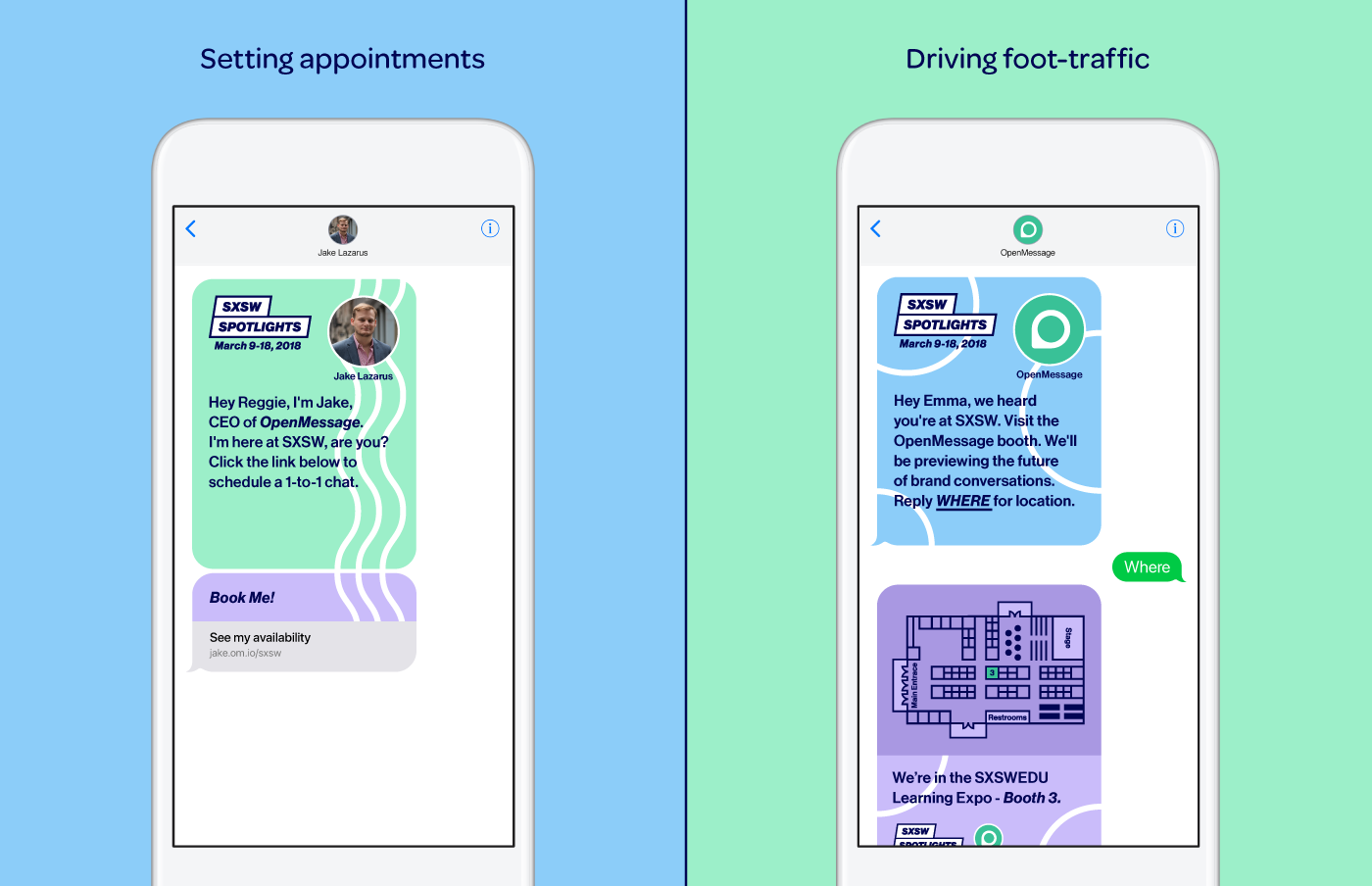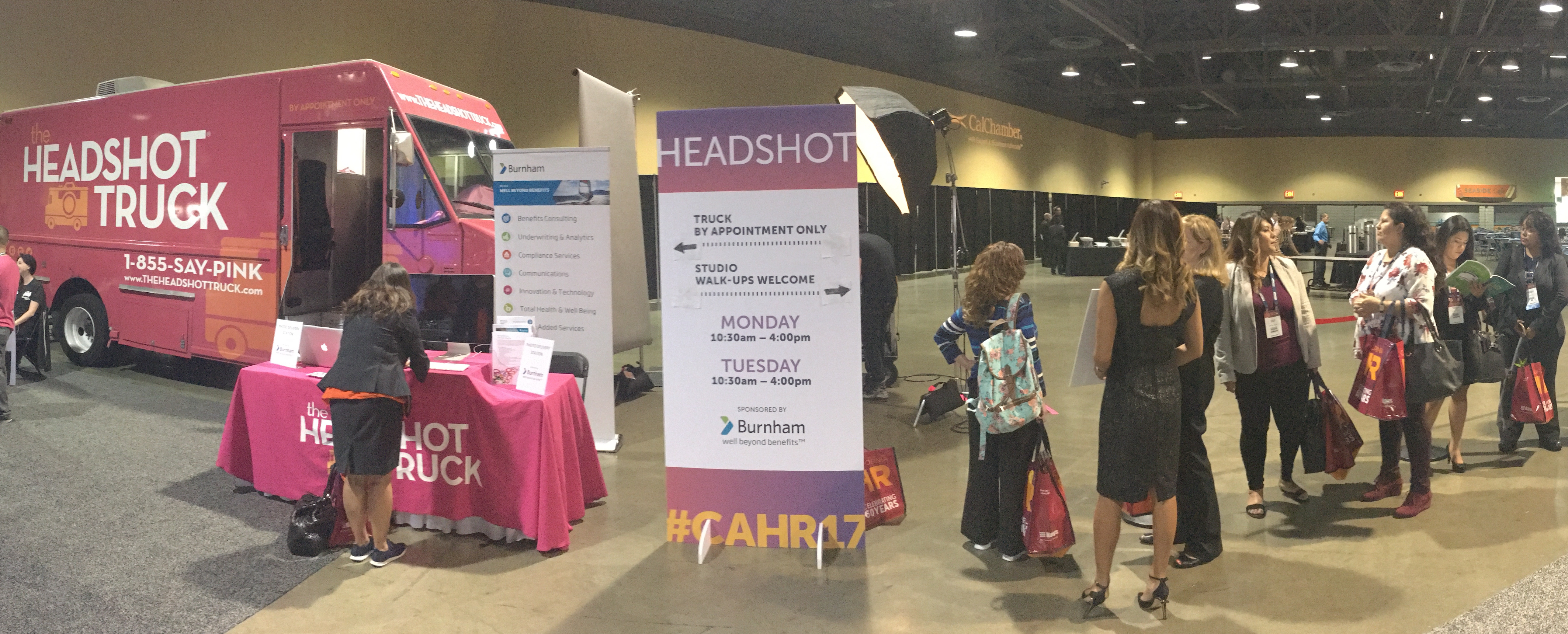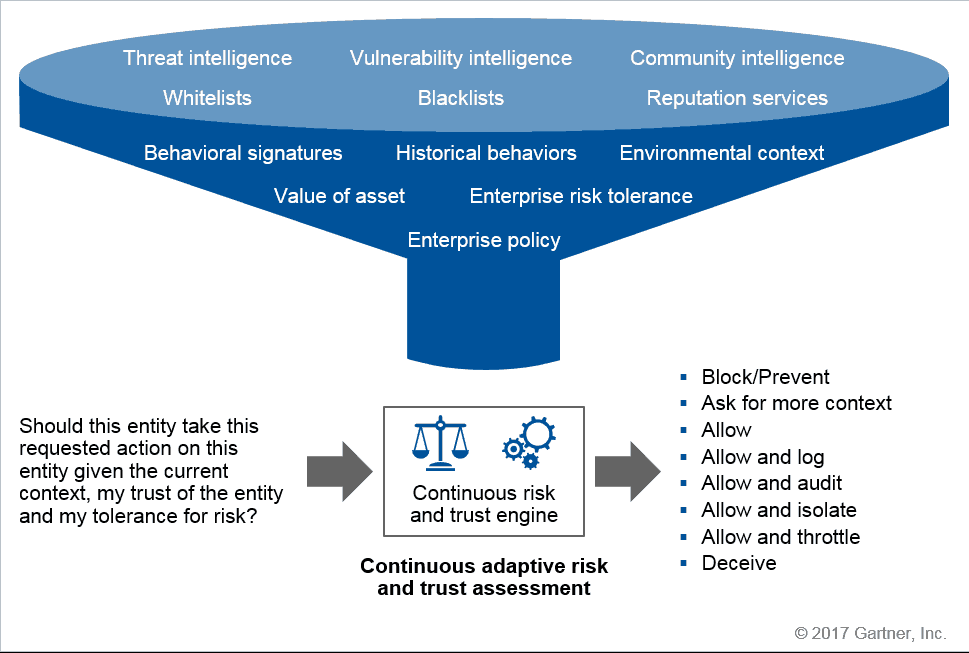Unlike the digital sphere, you have the opportunity to captivate people through all the senses and convert prospects through genuine face-to-face conversation.
Getting ready for conferences and trade shows is work—from booth design to landing a sought out speaker to prospect attraction strategy—there’s a lot to do before the event itself, which is why 48% of marketers spend 6–12 months preparing for an event.
But, before you start preparing for the commotion of the event, use these five strategies for standing out on the trade show floor by attracting your ideal prospects before they even walk up to your booth.
1. Research, Research, Research
Events provide you with a wealth of prospect and competitor information, but most people don’t use any of it. Prepare for your event with all the low-hanging fruit you can gather, meaning take the time to do the research on attendees and sponsors before you invest your time and money.
General audience breakdowns are usually available online such as CES by the Numbers. They’ll provide a detailed look into the types of attendees at the given event. You’d be surprised how many gold nuggets are in an attendee prospectus that really help you prepare for an event.
If you’re sponsoring the event, even better. You likely received an attendee list (full or partial), which is a major resource.
Having trouble finding the attendee list or enough info to take action? SummitSync generates lists of predicted attendees for our clients using machine-learning intelligence.
Once armed with an attendee list, you’ll have a breakdown of the titles and roles of attendees, company names, and individual contact information and the opportunities for event success are endless.
The biggest thing we see companies doing when they have access to attendee lists is the “spray and pray” approach. They set up a generic, templated marketing email and send it out to everyone they possibly can.
You might land a few sales meetings that way…or you could take a more targeted approach.
Trust us, the entire ~120,000 attendees at CES are not your ideal prospect. Start by defining your audience within the larger event audience by taking the time to analyze and bucket attendees based on your buyer personas.
Then, begin looking at ways to connect with them before the actual event starts including on social media, through advertising, email, or even picking up the phone. While personalized reach-out takes more time, it also filters through the noise for which events are notorious.
Remember, the more you know, the easier it is to convert on the trade show floor.

2. Tailor How You Reach Out to Every Event Prospect
Why is the lottery so successful, despite the odds? Because it fuels our desire to be that one in a million winner.
Steal that sensation for your reach out strategy when setting up meetings at events. Attendees should remember two bits of information from your reach out efforts: how you made them feel and how to move forward with you and your team (to schedule a meeting, meet at your booth, etc).
Weeks, or even months before the event, you will find yourself with a valuable list of contacts, and the sheer size of it might tempt you to lasso them all into a vague but cordial email.
Sure, it’s simple. But is it effective?
Consider the lackluster reaction from one attendee on that list when she realizes she’s just another email you salvaged from a friend of a friend of a coworker. Her motivation to act dwindles once she recognizes your general message is meant for a crowd.
Reaching out before the event is the single most important moment to connect with your prospects before having to share their attention with thousands of others. Make it memorable.
Whether you choose email, social ads, social media personal messages, PPC, direct mail invitations, a phone call, or even a coffee date, make things familiar, easy, and enjoyable for your client or prospect. If you’re looking to stand out from the crowd even more, use a game-changing DIY mobile message design service like OpenMessage to set yourself apart from the commotion before it even starts.

Branded Mobile Message Design Conversations by OpenMessage
3. Design Your Event Experience Around Your Prospects (and Forget Everyone Else)
Snapchat showed up to the Cannes Lions advertising festival with a giant ferris wheel, spurring a wave of oohs and ahs. So why doesn’t everyone show up with a giant ferris wheel? Snapchat was showing up big for advertisers and creatives with a strategy. They wanted to be the first thing you see miles before prospects arrived. They knew exactly who they were targeting, and it just so happens a ferris wheel made perfect sense.
But that doesn’t mean a ferris wheel makes sense for you.
On the trade show floor, you’re sharing the stage with thousands of other booths so standing out on the floor is key to success. The good news: you don’t have the exact same audience as everyone else. Knowing how to spot your prospects and how to get them to spot you are equally important. So cast your net strategically.
- Do start by strategizing the size of your presence. Generally the more prospects attending the higher your investment should be.
- Do use your budget to optimize opportunities for conversation and engagement.
- Don’t plan every second. There’s an element of action and reaction in event marketing, and this organic interaction calls for on-the-spot experience creation.
- Do bring resources and materials to craft parts of your experience at the event. Google, for example, stomped the competition with voice activations at CES 2018. Nikon arrived with dancing camera robots and Bell chopped a 1.5 hour train commute down to 6 minutes in their virtual reality demo of their Air Taxi.
- Do make things personal or solve a problem. Host a mini-event that showcases innovative technology, or take a new spin on a classic and set up a headshot station with The Headshot Truck.
- Don’t forget about your current clients while on the trade show floor. While the majority of your budget should be strategized toward prospect acquisition, you want to make your clients, partners, and VIPs feel special.

The Headshot Truck will host headshot sessions for your target audience.Whether you’re small and doing everything on a budget, or having a large multi-million dollar presence, do everything with your audience and
event goals in mind. You don’t need to reinvent the wheel, you just need to make yours the most fun to spin.
4. Aim Before You Shoot
Own your prospect knowledge, it’s a tool. Your booth workers should know your prospect personas so well they can target them and immediately strike up a conversation with them about their needs.
Understand how your type of buyer walks and talks. Seriously—it sounds weird, but it’s a serious conference hack. What does a VP of Sales look like? Well, if she was speaking at the event, she’s probably dressed nice, in heels, and will be at the company’s booth ~30 minutes later. Don’t be afraid to hang around other company’s booths waiting to snag a minute of someone’s time for a productive conversation.
5. Coordinate, Don’t Complicate
Seamless event marketing requires proper manpower planning. Once you know the approximate number of your prospects attending, not only do you know how many team members to send, but also who are the best to send. Know a certain account executive who has 20 personal prospects attending? Send her. Then you can efficiently coordinate schedules around meetings, the keynotes and sessions the team wants to attend, as well as your booth traffic.
If you need help managing your team’s schedule at events, our meeting automation platformmakes it easy to schedule, track, and analyze your team’s performance at events, with just the click of a button.
How Will You Stand Out on the Trade Show Floor?
Take the time to sit down with your sales and marketing teams, or whoever is attending the event, and really prepare for the event. Go over your event goals, understand everyone’s role, and then really take the time to understand the event audience and how to best reach them and standing out on the trade show floor will be a breeze.



















